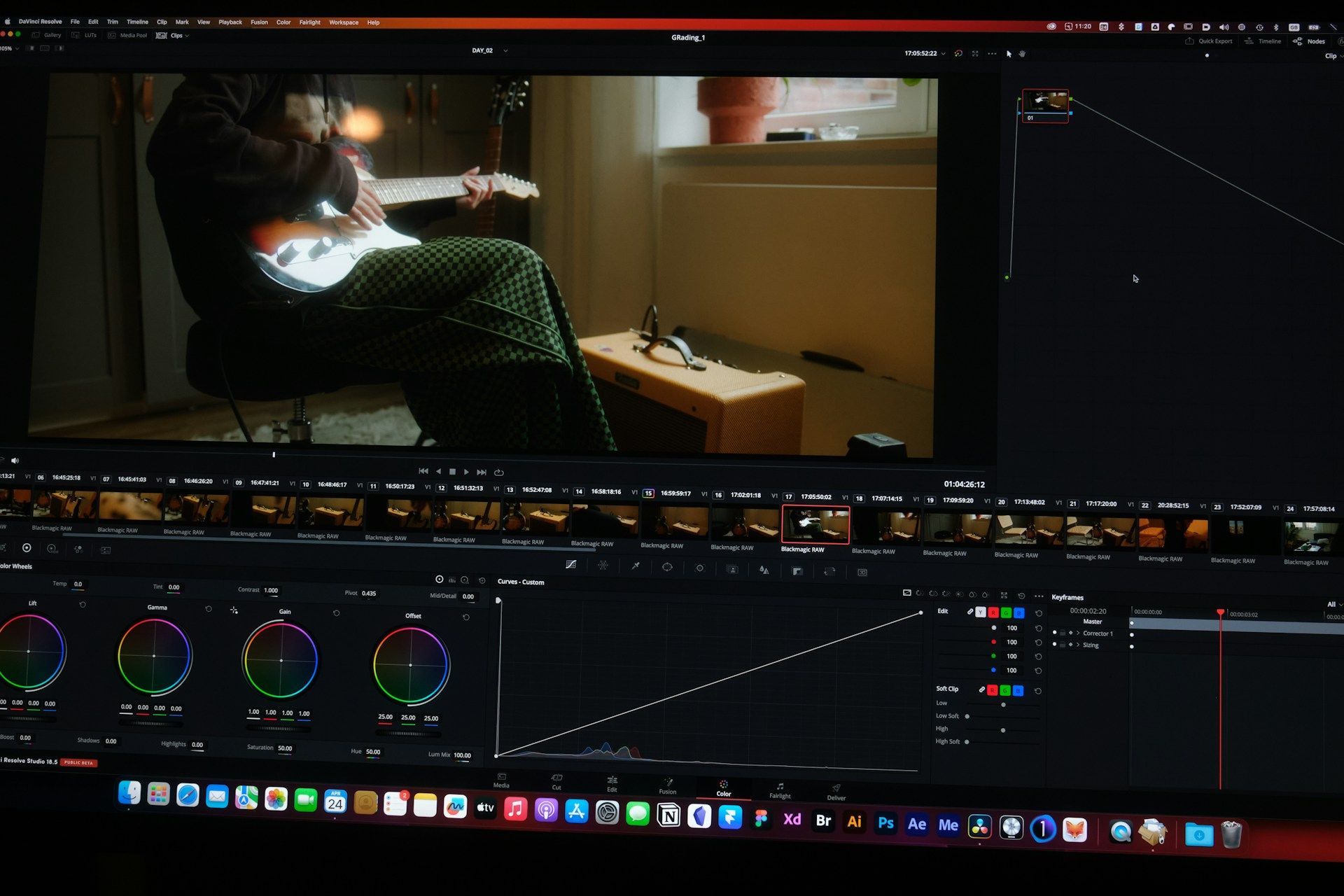Solutions For Political Ad Campaign Problems
Running a political ad campaign isn’t as straightforward as it might look from the outside. Behind every election sign or digital banner, there’s a stack of moving parts that need to work together just right. Candidates rely on ads to build recognition and trust, but it’s not just about flooding timelines and mailboxes with messages. It’s about making every effort count, especially when time and resources are tight.
Political advertising agencies face pressure from every direction. They need to find the right voters, deliver clear messages, keep the budget in check, and pick which channels to lean into. If even one piece is off, it could throw the whole campaign out of sync. These problems aren’t always obvious at first, but they can build up fast. Solving them takes strategy and the right tools, not just more ads.
Identifying Target Audience Issues
A common mistake in political campaigns is aiming an ad at everyone. While it might feel safer to cast a wide net, it usually leads to wasted energy and missed opportunities. The first key step is figuring out exactly who needs to hear the message.
Not all voters respond to the same content or care about the same issues. Age, location, values, and online habits play a big role in shaping how someone sees a candidate. That’s why it’s important to dig deeper than broad demographics. Good targeting means looking at interests, needs, and behaviors, not just party lines.
Here are a few ways agencies work out who their real audience is:
- Break down voter records to segment likely supporters
- Use social listening tools to understand what people are talking about
- Analyze past elections to highlight areas for improvement
- Watch for online trends or community concerns that could affect turnout
- Combine polling data with social metrics for sharper insights
Let’s say a candidate is struggling with support among younger voters. Instead of just boosting posts on every platform, a smart agency might look at what that group is engaging with. Are they on TikTok or YouTube? What issues matter most to them? Getting those answers means every message can be fine-tuned to land better.
At the end of the day, knowing the audience helps build a more personal connection. Campaigns feel less like noise and more like conversations when they speak to the right people in the right way.
Budget Management And Allocation
Even the biggest campaign budget runs out eventually. One of the toughest parts of political advertising is finding the balance between spending enough to make an impact without going overboard. When costs spiral, it’s often because there wasn’t a clear plan to guide how money should be used.
Budgets get eaten up fast through trial and error. That could be from pushing too much into one channel, changing strategies mid-way, or not tracking performance close enough. The good news is, these problems are fixable when planning is done right from the beginning.
Here’s how agencies can keep control over campaign budgets:
1. Set priorities early
Focus on what matters most, like voter outreach or name recognition
2. Split the budget based on goals
Assign funds for big ads, ongoing content, and small testing phases
3. Keep tracking leads, engagement, and response
If one ad type isn’t working, don’t keep pouring money into it
4. Zap surprise costs
Prep for setbacks so one bad week doesn’t drain everything
5. Use tools that make allocation clearer
Campaign dashboards give fast insights to shift spending if needed
By being smart with spending, teams don’t just save money. They free up space to do more of what works and scrap the stuff that doesn’t. Political ads can stretch further when there’s a plan that adjusts instead of guesses.
Crafting Compelling Messages
Creating messages that stick with potential voters involves a bit more than catchy slogans. Effective political messages need to be clear, relate to people's daily lives, and be genuine enough to win trust. When ads reflect the candidate's values and align with voter concerns, they become far more memorable. Plus, the way a message is delivered can be as important as the message itself.
Different platforms might call for different styles, but consistency is key across all channels. For instance, a video on X might present the message in a quick, visually engaging format, while a mailer could provide more detailed information. The trick is ensuring that all these messages tell the same story using language that speaks directly to the voter.
To craft messages that hit the mark, consider:
1. Keeping the language relatable and straightforward
2. Telling stories that showcase real issues and solutions
3. Mirroring the tone and concerns of the audience
4. Creating a central theme that ties everything together
5. Testing messages on small groups for feedback before full rollout
Think of each message like a puzzle piece. Alone, it gives a clue, but together with others, it reveals a larger picture that voters can clearly understand.
Navigating Media and Platform Selection
Choosing where and how to place ads is a huge factor in campaign success. Each platform has its own strengths and potential drawbacks, making it crucial to select channels that align with the campaign's targets. Digital platforms are popular because they allow for precise targeting and real-time feedback. On the other hand, traditional media like TV and radio still reach broad audiences efficiently, especially in regions where digital access is limited.
To make smart choices, campaigns should:
- Evaluate where their audience spends most of their time
- Use a mix of traditional and digital to cover all bases
- Regularly review performance data to tweak strategies
- Map out a media plan that maximizes reach without overlap
- Stay updated on platform changes and audience behavior shifts
Let’s say a candidate targets both urban and rural areas. They might increase digital ads focusing on city dwellers, while using mailers and radio spots for rural communities. Being flexible with media choices helps hone in on diverse voter groups.
Measuring and Analyzing Campaign Success
Understanding what's working and what needs improvement during a campaign is all about tracking the right metrics. Setting clear goals from the start provides a benchmark for success. But it also requires having a method to sift through data and make changes when needed.
Key performance indicators, or KPIs, are the metrics that give insights into campaign health. They might include:
- Engagement rates, such as likes, shares, and comments
- Website traffic and conversions from specific ads
- Feedback from surveys or polls
- Comparison of the target audience reached versus overall reach
- Cost per lead or vote to understand budget efficiency
Adjusting strategies based on these insights can be the difference between a stagnating campaign and one that gains momentum. When subtle shifts in data are caught early, it enables tweaks that keep campaign momentum strong.
Winning With Oddball Creative
For complex campaigns that need creative thinking and smart solutions, working with experienced agencies can be a game-changer. At Oddball Creative, we understand the details involved in political ad campaigns. We focus on solving challenges head-on by using data-driven strategies, targeted messaging, and adaptive media plans.
We know that no two campaigns are the same. That’s why we tailor every approach to fit the needs of your goals, your budget, and your target audience. Our team works closely with your campaign to make sure every move has purpose and direction. From pinpointing the right voter groups to tracking each ad's performance, we help campaigns move further with fewer missteps.
If your campaign is running into roadblocks, there’s no need to tackle them on your own. With a thoughtful plan and the right team by your side, even the most complex problems can be managed and your message can land where it matters most.
Partnering with the right agency can make all the difference in overcoming the challenges of political ad campaigns. If you're looking for tailored solutions to elevate your campaign strategy, explore how Oddball Creative can support your needs. Learn more about how experienced political advertising agencies can provide the expert guidance and strategic insights to move your message forward. Start optimizing your campaign's potential today.



